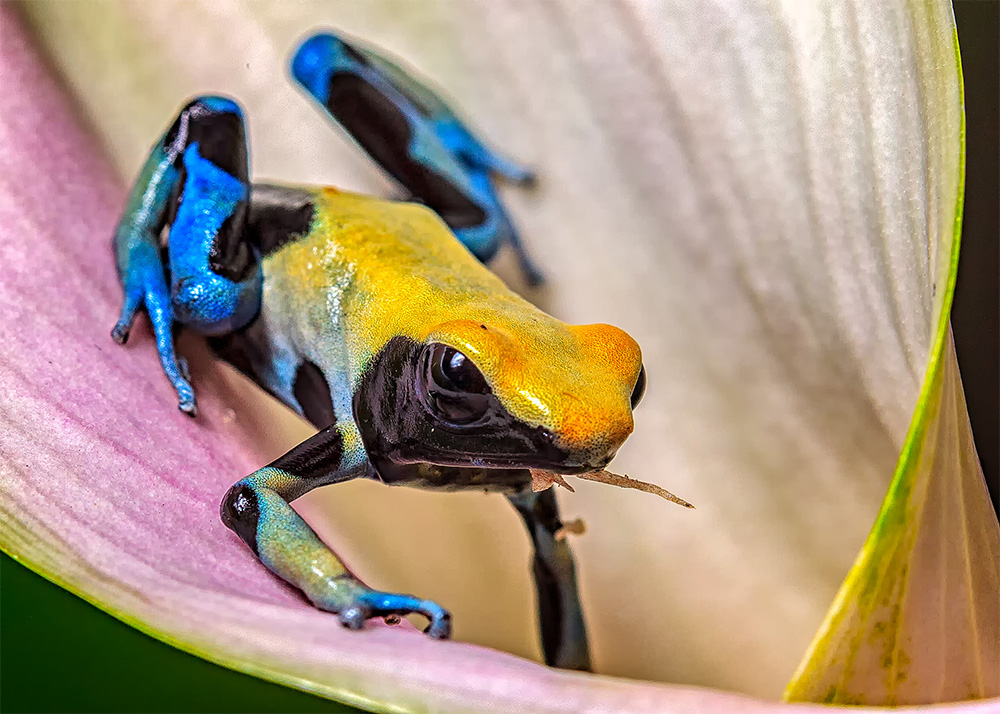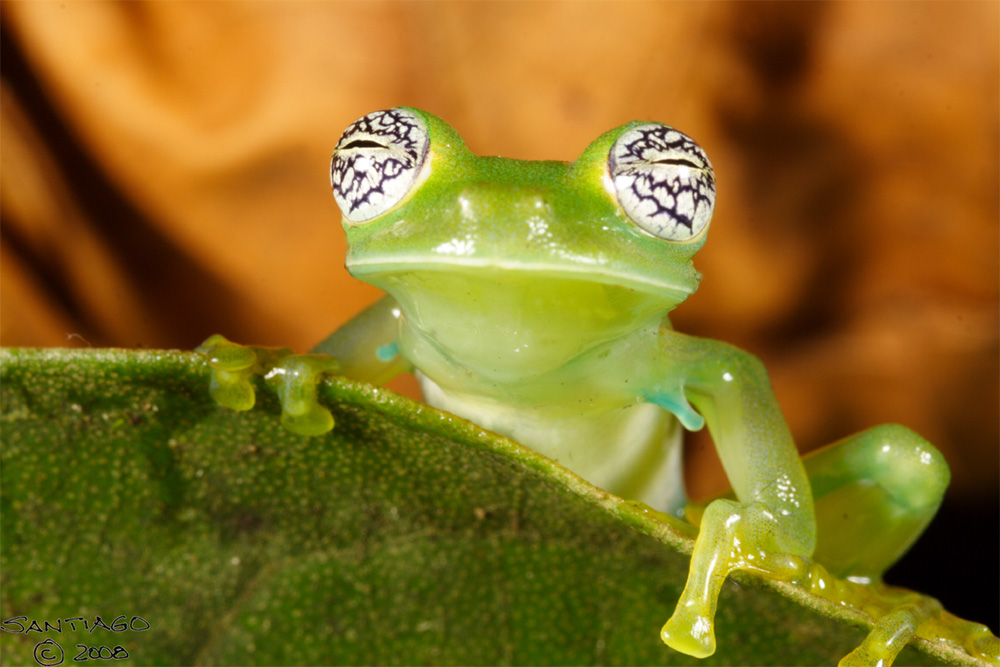December 4, 2024
The Ebiil Society: Champions of Palau
Ann Singeo, founder of our partner organization the Ebiil Society, shares her vision for a thriving Palau and a flourishing world of indigenous science!
We use cookies to help you navigate efficiently and perform certain functions. You will find detailed information about all cookies under each consent category below.
The cookies that are categorized as "Necessary" are stored on your browser as they are essential for enabling the basic functionalities of the site. ...
Necessary cookies are required to enable the basic features of this site, such as providing secure log-in or adjusting your consent preferences. These cookies do not store any personally identifiable data.
Functional cookies help perform certain functionalities like sharing the content of the website on social media platforms, collecting feedback, and other third-party features.
Analytical cookies are used to understand how visitors interact with the website. These cookies help provide information on metrics such as the number of visitors, bounce rate, traffic source, etc.
Performance cookies are used to understand and analyze the key performance indexes of the website which helps in delivering a better user experience for the visitors.
Advertisement cookies are used to provide visitors with customized advertisements based on the pages you visited previously and to analyze the effectiveness of the ad campaigns.
Looking to make an impact this Earth Month? Here’s how.

Amphibians are an incredibly diverse group with over 6,600 described species worldwide. Unfortunately, in recent decades, many of these beloved species are vanishing. Over 100 species have been driven to extinction and more than 500 other amphibian species are declining rapidly. One of the leading causes of this decline is a chytrid fungal pathogen called Batrachochytrium

Researchers have been aware of this pathogen for over 20 years, but have only recently begun to understand the severity of B.
There is a myriad of risk factors to consider that make it more likely for an amphibian species to contract chytridiomycosis. Crucial among them, proximity to and time spent in water which is vital for at least a portion of all amphibian life cycles. The body size of an organism also plays a role; amphibians with larger body sizes require more time and reproductive investment to reach maturity leaving populations more

Despite all of this, there is still hope. Recently published research is showing promising results in using pool salt (sodium chloride) in aquatic areas to reduce transmission of the disease. Preliminary research has seen a 70% increase in survival in the areas where this method has been used! Dr. Clulow, the head of the research team who has made this discovery, is currently continuing his research in utilizing this method in Ecuador. Conservationists have also recently released 1,000 captive-bred eggs of the Southern Corroboree Frog back into the wild; a species gravely impacted by chytrid fungus.
As research continues and conservationists begin to develop ways to prevent the spread of Chytrid fungus the future is still hopeful for the more than 500 threatened amphibian species.
Source: Forbes
Featured Photo: A Red-eyed Tree Frog. Credit: Doug Greenberg
Check out other journal entries we think you might be interested in.
Notifications